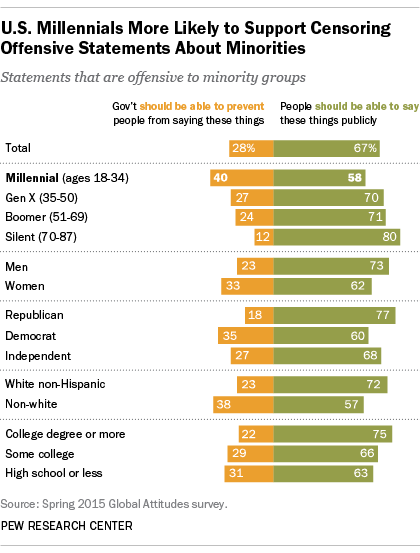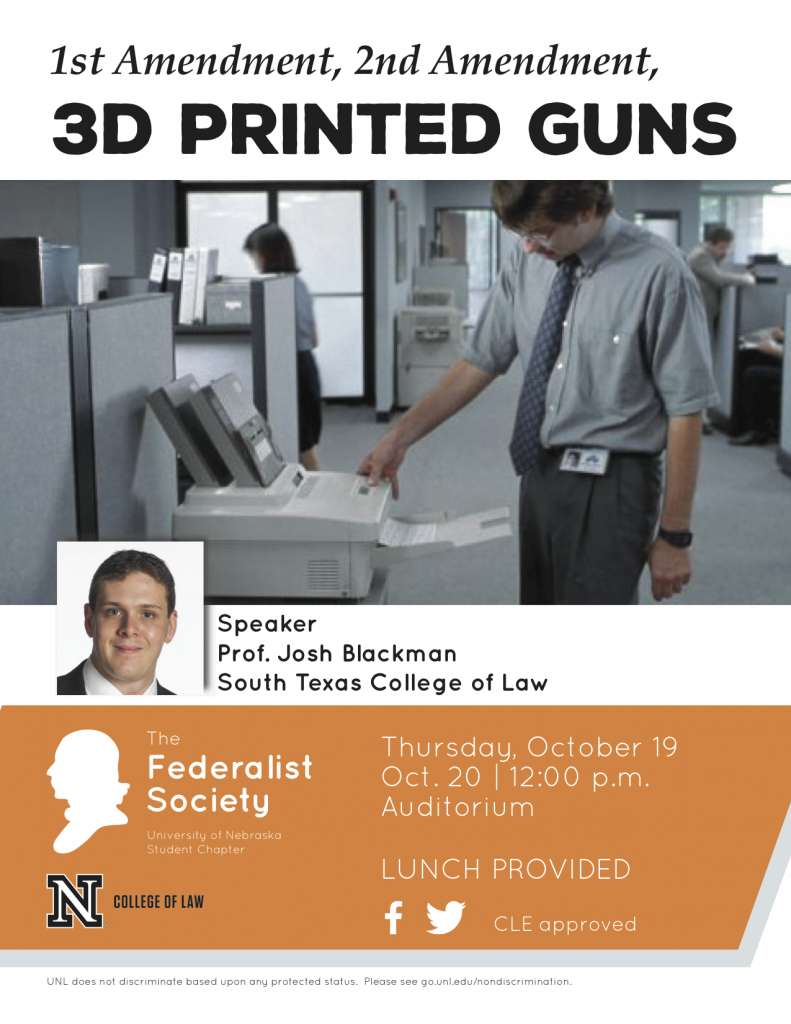At the WSJ Law Blog, Jess Bravin reports on comments Chief Justice Roberts made during a discussion at NYU with 2nd Circuit Judge Robert Katzmann.
And following Franklin Roosevelt’s election in 1932, “it fell to Hughes to guide a very unpopular Supreme Court through that high noon showdown against America’s most popular president since George Washington,” Chief Justice Roberts said.
The court repeatedly struck down New Deal programs, so frustrating Roosevelt that in 1937 he proposed in a fireside chat increasing the size of the court in a way that would give his appointees a majority.
“Hughes was pressured; people said, ‘You’ve got to respond to it’ ” with a radio address of your own, Chief Justice Roberts said. But that, Hughes realized, would be “fighting the battle on the enemy’s turf.” Instead, he sent the Senate “a very measured letter” rebutting FDR’s claims and helping shift public opinion.
“This is the most unpopular institution in the country that, as far as anyone knows, has been prolonging the Great Depression by standing up to FDR,” Chief Justice Roberts said. “But through Hughes’s approach, it got to the point where FDR said, ‘The people are with me.’ Well, it certainly wasn’t the case that the people were with the court. But I think they were with the Constitution and that had a lot to do with how he handled the crisis. So there are things to learn from it,” he said.
(FDR’s policies very likely prolonged the Great Depression).
I think what Roberts is saying in his usual cagey fashion, that even if the people did not support the Court, they still supported the Constitution, and as a result, that affected how Hughes “handled the crisis.”
For a discussion of Roberts’s admiration of Hughes, see Adam White’s recent article in the Weekly Standard, which I reviewed here.
It shows, in speeches replete with lessons he has learned from his predecessors. (He’ll offer another such speech in New York later this month, on Chief Justice Charles Evans Hughes.) Noting that portraits of four of the greatest chief justices—John Jay, John Marshall, William Howard Taft, and Charles Evans Hughes—occupy places of honor in the Court’s two ceremonial conference rooms, Roberts said in 2007, “they all seem to be looking down at me with surprise.” And “as they are looking down upon me,” he added, “I am looking up to them.”
He explained in 2007 the lessons he draws from them. From Jay, the need for the Court to maintain the public’s confidence and respect. From Marshall, the importance of forging the justices’ own disparate voices into a truly institutional voice. From Taft, who is responsible for giving the Court a building of its own, the importance of establishing the Court’s independence. And from Hughes, the importance of preserving that independence against FDR’s court-packing plan.
Update: Bob Barnes at the Washington Post has an additional post, that explicitly notes the context of Roberts’s comments–that it was Hughes’s leadership, and not Owen Roberts’s “switch in time,” that pushed back Roosevelt’s court-packing scheme:
Instead, Roberts explained, Hughes wrote a letter to the Senate documenting the court’s work and detailing how adding justices would only make it harder. He worked “under the radar,” Roberts said, to allow time for Congress to realize the harm that could come from the momentous change Roosevelt was proposing.
“How can that be?” Roberts wondered. The Supreme Court was “the most unpopular institution in the country, that, as far as anyone knows, has been prolonging the Great Depression.”
Roosevelt said that “the people are with me,” Roberts continued. “Well, it certainly wasn’t the case that the people were with the court. But, I think they were with the Constitution.”
Roberts believes it was Hughes’s actions, not Justice Owen Roberts’s change of heart on one case — the “switch in time that saved nine” — that led FDR ultimately to withdraw his plan.

